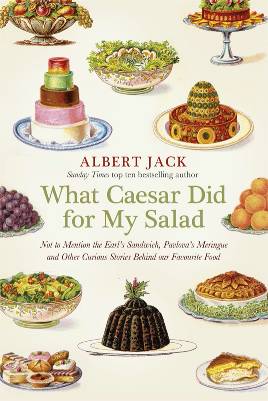Many cultures have a rule that you must have a bite to eat every time you have a drink. Spain has taken that idea and developed a whole cuisine around it – tapas.
Consisting of wide range of little snacks or appetizers, from juicy olives to spicy chorizo or rings of battered squid, these are now served in select bars or restaurants throughout Spain, Britain and America.
It’s possible that they evolved as part of the traditional Spanish working day, which began at first light. At 1.00 p.m., the hottest part of the day, workers would have their main meal, after which they would take a siesta somewhere shady for a few hours to allow their lunch to digest before they returned to work.
From the middle of the evening until late at night, they would then socialize, drink wine and graze on various small, easy-to-eat foods.
That’s all very likely, but there is, as you might imagine, a better tale to tell. King Alfonso X (1221–84) was a very popular ruler of Castile, León and Galicia. One day, as legend has it, he fell ill and the royal doctor advised him to take small snacks between meals in order to build up his strength.
When the king eventually recovered, he continued with this regime, having decided that as eating between meals helped counteract the effects of the wine he was drinking all day, it must be beneficial for him.
Reasoning that his subjects would also be drinking wine and might be consuming more than was good for them, he passed a law ruling that wine could not be served in the taverns or inns of his kingdom unless the innkeeper provided a small snack with each glass.
To comply with the laws, wine would then be served with a slice of bread, cheese or ham that a drinker could cover his tankard with to keep the flies out of his liquor. When the tankard had been drained, the food was eaten and the process would start all over again, sometimes lasting all night, and so the institution that is la tapa was born.
The world’s first tapas bar was opened in Seville in 1670, when a local nobleman bought an old convent canteen and dining room and began proving tapas, in their present form, to merchants and traders.
El Rinconcillo, as the tapas bar has been known ever since it opened, was bought by ancestors of the present owners in 1860 and remains an integral part of the old city of Seville.
The word tapa may be translated as ‘lid,’ possibly tracing its origins to King Alfonso’s concern for his wine-soaked subjects, his subsequent drinking law and the practice among Spanish workers of covering their wine with food to keep the bugs out of their drinks. Which must mean that while the French are eating their settees (see canapés), the Spanish are dining on their lids.
Over the years, tapas have become more sophisticated and a vast number of dishes are available.
These days many people, especially if they are dining with me, now try eating all sorts of food ‘tapas’ style. The next time you are a restaurant, and not just a Spanish one, try ordering half a dozen starters and nothing else. It’s a great way to share a meal. – Albert Jack
Albert Jack AUDIOBOOKS available for download here
More Food History with Albert Jack






































